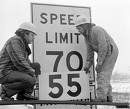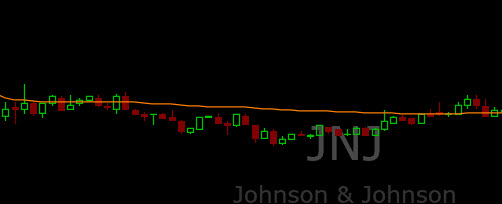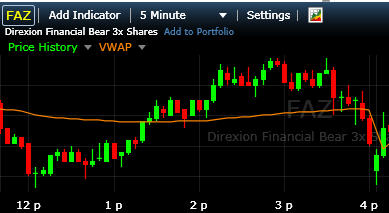 So you’re new to investing. Or maybe you’re an intermediate or perhaps even an advanced trader. Regardless of where you are in your investing career, there’s one trick that I’ve learned through the course of my investing experiences that really helps me gain a slight edge every time I trade. Over time, this strategy leads to a pretty significant amount that could be added to your overall gains.
So you’re new to investing. Or maybe you’re an intermediate or perhaps even an advanced trader. Regardless of where you are in your investing career, there’s one trick that I’ve learned through the course of my investing experiences that really helps me gain a slight edge every time I trade. Over time, this strategy leads to a pretty significant amount that could be added to your overall gains.
Most of you are already well aware of the limit orders. Unlike the very basic market orders that let you purchase a stock at the current “market” price, limit orders allow you to buy or sell shares at a specified price or better. Limit orders also allow an investor to limit the length of time an order can be outstanding before being canceled.
So what’s the big deal? You already know about it? Sure, using limit orders is rather simple and nothing very advanced. Most people use it from time to time to get into a position at a certain price. What I challenge you to do however is to look back at your past security purchases and tally up how many market orders you placed over the last year. I bet you’ve had many of those in the past. I, for one, realized most of my trades were executed at the market price.
What I’m going to discuss today is one of the simplest tactics you can use to gain a slight edge every time you trade and convert it into a big gain in the long haul.
Example:
Let’s say you’ve analyzed the current market condition, eyed on a stock to purchase (call it ABC) with the conviction that you will profit. You decide to get into ABC at around $5 per share with an exit target price of $7. A few days later the stock nears the target price of $5. Here comes the execution, and you hit your “place order” button at a market price. You get a confirmation email stating something like:
Trade type: BUY - Market order
Security symbol: ABC
Quantity: 1000
Price: $5.08
At this point you spent $5080 purchasing 1000 shares of ABC. You executed according to plan right? Sure, I would say that was a pretty good execution given you executed to the plan formulated. That alone puts you well ahead of many investors who go into a position without too much thought, yet alone an entry and an exit plan. However, if you are like me when I first started trading, you most likely purchased the stock at the market price… Now this is where I want to challenge you to have a new perspective. Let’s look at a very similar scenario, but with a limit order instead:
Trade type: BUY - Limit order
Security symbol: ABC
Quantity: 1000
Price: $5.06
What if you had actually placed a limit order to buy slightly below the current trading place at the time of execution? Whether you’ve observed this or not, stock price usually fluctuates within a small range as the price trades up or trades down. It’s certainly not always true, as stocks can quickly change their course from time to time, but you’ll quickly start to realize that opportunities exist on many of the trades you plan to make.
In this case, even though it’s only a 2 cents difference, you now spent $5060 instead of $5080. Some of you are saying “hell it’s only $20, what’s the difference?” It’s certainly a very marginal amount for a one time trade, but imagine the long-term benefit if you challenge the stock market with this mindset every trade:
10 trades a month x $20 savings = $200/month
$200/month x 12 months (1yr) = $2400/year
$2400/year x 3 years = $7200 of potential “savings”
This of course assumes you get to save $20 per every trade, but what matters is the concept. Regardless of whether you save a penny per share or even a dollar per share on highly volatile stock, the opportunities to gain more money by using limit orders are out there. If you equip yourself with this mindset every time you trade, I guarantee you will find opportunities.
Here are some tips on when to employ this limit order strategy and when not to:
Do Use Limits – When the stock is in a consolidation stage intra day and moving in a tight range, up and down.
limit order
5 min chart
Do Not Use Limits – When the stock is in a trading/trending stage intra day and moving upward or downward quickly. The chances are, your limit orders will be left behind.
limit order 2
5 min chart
I challenge you to think about this next time you’re planning to buy or sell a stock at the market price.
Best of luck in the markets,
Hiro

